In this case that means 025 / 005 or a relative risk of 5 Put differently, When you go outside to fly a kite, your risk of getting hit by lightning is 5 times the risk of getting hit by lightning if you just stayed in and drank that hot chocolate!Measures of association can be presented and framed in different ways for diverse purposes 2x2 tables can be helpful in calculating these measures note these tables are slightly different from 2x2 tables used to calculate diagnostic testing parameters Relative Risk, Odds Ratio, Attributable Risk, and Absolute Risk Reduction A crude odds ratio can be converted to a crude risk ratio risk ratio = odds ratio/(1 − p0) (p0 × odds ratio), in which p0 is the outcome prevalence (risk) among the unexposed Some have applied this formula to an adjusted odds ratio to obtain an adjusted risk ratio 49 This method can produce biased risk ratios and incorrect confidence

Statistical Analysis Of Data Amboss
Odds ratio vs relative risk usmle
Odds ratio vs relative risk usmle-Odds Ratio, Hazard Ratio and Relative Risk Janez Stare1 Delphine MaucortBoulch2 Abstract Odds ratio (OR) is a statistic commonly encountered in professional or scientific medical literature Most readers perceive it as relative risk (RR), although most of them do not know why that would be true But since such perception is mostlyThe relative risk is 009 divided by 003, so 3, which means that people who have hypertension have 3 times the risk of having a heart attack in one year compared to people without hypertension The probability of having a heart attack in the past year for people with hypertension is 9 divided by 100, and the result can be written as a decimal 009 or a percentage 9%



Episode 6 Biostatistics Ted O Connell Md
Odds ratio = (odds of disease in exposed individuals)/(odds of disease in unexposed individuals) = (a/b)/(c/d) or ad/bc or (a/c) / (b/d) Interpretation OR = 1 The event is equally likely in exposed and unexposed individuals OR > 1 The event is more likely to occur in exposed individuals OR 1 The event is less likely to occur in exposedA value lower than 100 indicates decreased risk The 95% confidence intervals and statistical Risk Ratio vs Odds Ratio Whereas RR can be interpreted in a straightforward way, OR can not A RR of 3 means the risk of an outcome is increased threefold A RR of 05 means the risk is cut in half But an OR of 3 doesn't mean the risk is threefold;
Disease given exposed vs disease given unexposed Risk ratio of 05 is risk of disease is halfed if exposed Reasonable estimate of Relative Risk In practise the Odds Ratio for a Case Control study can often be interpreted as relative risk USMLEYou calculate an overall crude (unadjusted) relative risk (or odds ratio) and compare it to the stratumspecific relative risks (or odds ratios) If the stratumspecific measures of association are similar to the crude measure of association, then there is no confounding by that factor, and you can just use the crude measure of associationThe relative risk (RR) and the odds ratio (OR) are the two most widely used measures of association in epidemiology The direct computation of relative risks is feasible if
When the disease is rare, the odds ratio will be a very good approximation of the relative risk The more common the disease, the larger is the gap between odds ratio and relative risk In our example above, p wine and p no_wine were 0009 and 0012 respectively, so the odds ratio was a good approximation of the relative risk OR = 0752 and RR = 075Both the odds ratio and the relative risk compare the relative likelihood of an event occurring between two groups The relative risk is easier to interpret and is consistent with general intuition Some designs, however, allow only for the calculation of the odds The difference between odds ratio and risk ratio • ericminikel The other day I was emailing with a statistical genetics colleague about a rare SNP associated with a phenotype I stated that the minor allele frequency (MAF) was 07% in cases and 01% in controls, for a risk ratio of 7 After clicking send, I felt a twinge of regret




Odds Vs Risk Ratio ただの悪魔の画像




Odds Vs Relative Risk ただの悪魔の画像
Definition of risk ratio A risk ratio (RR), also called relative risk, compares the risk of a health event (disease, injury, risk factor, or death) among one group with the risk among another group It does so by dividing the risk (incidence proportion, attack rate) in group 1 by the risk (incidence proportion, attack rate) in group 2USMLE Epidemiology and Biostatistics MetaAnalysis pools data from several studies (greater power), limited by quality/bias of individual studies Clinical Trial compares two groups in which one variable is manipulated and its effects measured Cohort (relative risk) compares group with risk factor to a group without – asks "what will happen?" (prospective) The basic difference is that the odds ratio is a ratio of two odds (yep, it's that obvious) whereas the relative risk is a ratio of two probabilities (The relative risk is also called the risk ratio) Let's look at an example Relative Risk/Risk Ratio Suppose you have a school that wants to test out a new tutoring program




Crush Usmle Step 2 Pdf Document




Videos On Relative Risk And Odds Ratio Usmle Forums
In a control group The odds ratio (OR) is the odds of an event in an experimental group relative to that in a control group An RR or OR of 100 indicates that the risk is comparable in the two groups A value greater than 100 indicates increased risk;When the RR is exactly 1, the risk is unchanged For example, a report may state 'The relative risk of blindness in people given drug T was 15' This shows that the drug increased the risk of blindness Another measure that is used is the odds ratio For practical purposes, assume that the odds ratio is the same as the relative risk In clinical studies, as well as in some other settings, the parameter of greatest interest is often the relative risk rather than the odds ratio The relative risk is best estimated using a population sample, but if the rare disease assumption holds, the odds ratio is a good approximation to the relative risk — the odds is p / (1 − p), so when p moves towards zero, 1 − p




Odds Ratio Relative Risk Risk Difference Statistics Tutorial 30 Marinstatslectures Youtube




最新 Odds Ratio Vs Relative Risk Usmle ただの悪魔の画像
Relative risk has two important features, ie Comparison between two exposures, and;For estimates of relative risk ratios, this becomes logarithm The odds ratio can be confused with relative risk As stated above, the odds ratio is a ratio of 2 odds As odds of an event are always positive, the odds ratio is always positive and ranges from zero to very large The relative risk is a ratio of probabilities of the event occurring in all exposed individuals versus the event occurring in all




Statistic Definitions Basic Science Orthobullets
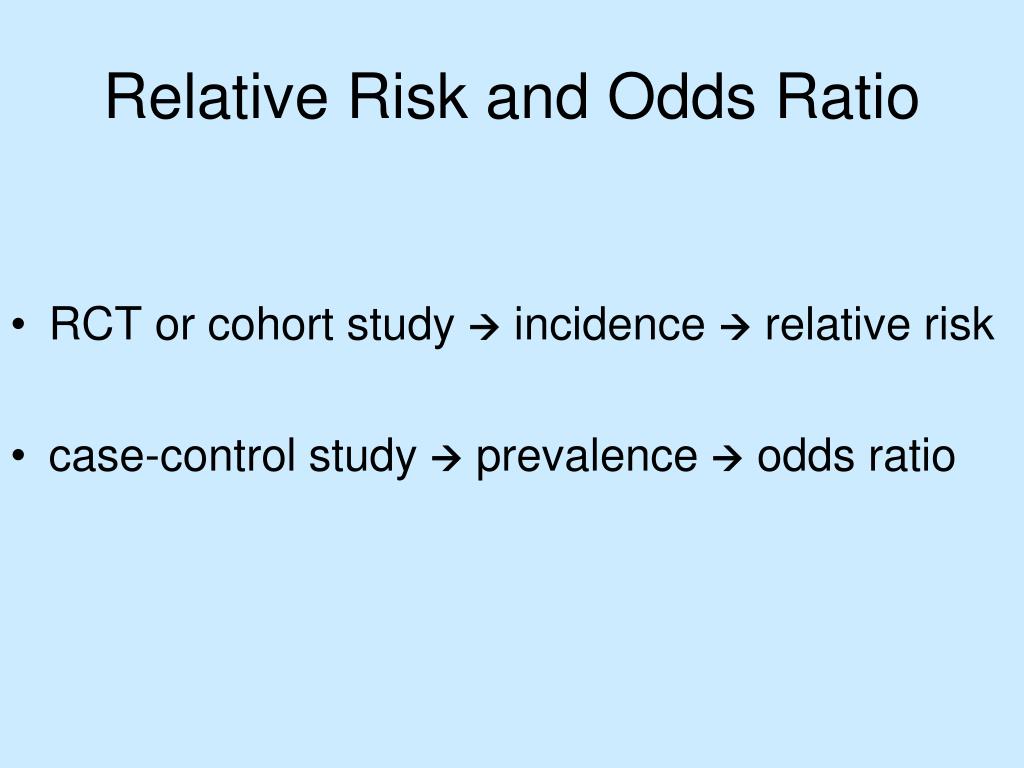



Ppt Preparation For Usmle Step 1 Powerpoint Presentation Free Download Id
The odds ratio gives the likelihood of the subject developing the adverse outcome as compared to the placebo The odds ratio approximates relative risk only when prevalence is low AB ≈ B Relative risk measures the effect of exposure on the chances of developing aCompares groups with and without an exposure to assess associations with subsequent disease Relative risk (RR) is measure of disease association RR = incidence rate in exposed group/incidence rate in unexposed group = a/ (ab)/ c/ (cd) incidence rate in exposed group = # of exposed cases/ (# total exposed cases and noncases) = a/ (ab) incidence rate inRisk ratio or relative risk = Risk in group A / Risk in group B
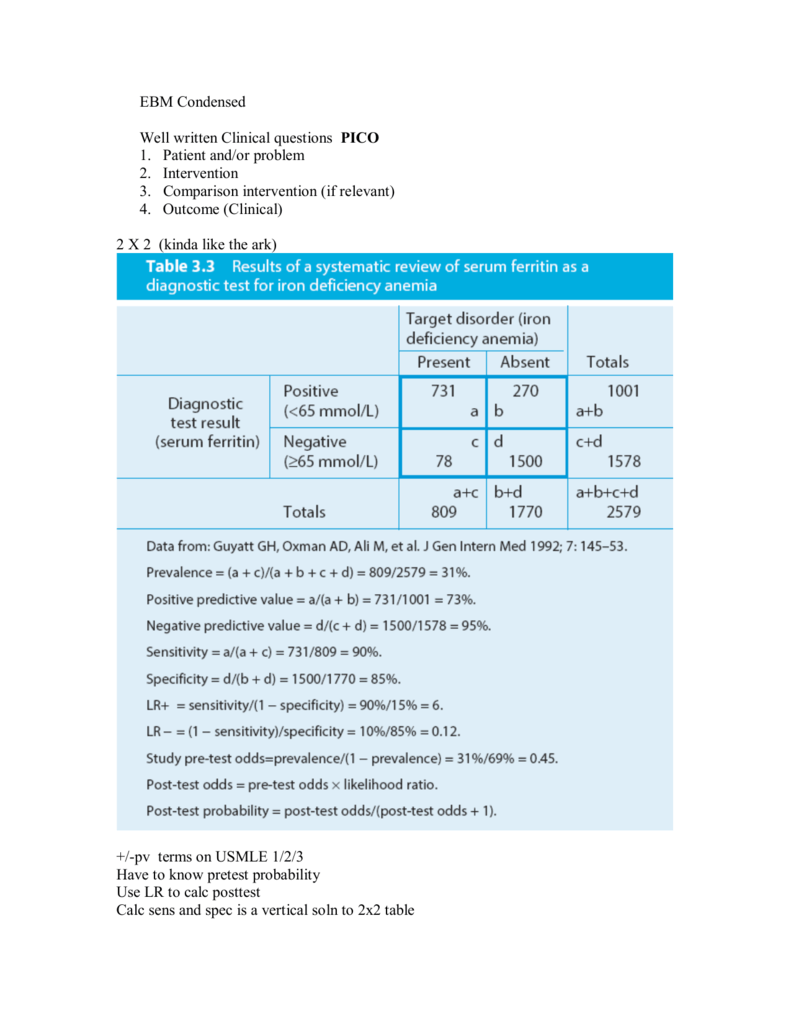



Ebm Review



Http Www Cajasfuertesdeoccidente Com Img 2 Donwloads Img 2beckers Usmle Step1 Lecture Notes Behavioral Science Epidemiology Biostatistics Pdf
Odds Ratio Odds Ratio for comparing two proportions OR > 1 increased risk of group 1 compared to 2 OR = 1 no difference in risk of group 1 compared to 2 OR < 1 lower risk ("protective") in risk of group 1 compared to 2 In our example, p 1 = proportion of women receiving SAT p 2 = proportion of men receiving SAT OR pp pp pp pp = − − = − − 11 22 12 21 1Rather the odds is threefold greater Interpretation of an OR must be in terms of odds, not Risk ratios, odds ratios, and hazard ratios are three ubiquitous statistical measures in clinical research, yet are often misused or misunderstood in their interpretation of a study's results 1 A 01 paper looking at the use of odds ratios in obstetrics and gynecology research reported 26% of studies (N = 151) misinterpreted odds ratios as risk ratios 2, while a



Q Tbn And9gcq5tpzikqe8jiy9iqzxyqcbaqndofe8d2iabvvrkarpadvgvm8o Usqp Cau



Biostats And Epidemiology
Odds ratio vs relative risk Odds ratios and relative risks are interpreted in much the same way and if and are much less than and then the odds ratio will be almost the same as the relative risk In some sense the relative risk is a more intuitive measure of effect sizeOdds of having disease in expose group / odds of having disease in unexposed group = ad/bc Relative Risk (RR) probability of getting disease in exposed group / probability of getting disease in unexposed group = a/ (ab) / c/ (cd) If RR = 1, there is no association between exposure and outcome DosereponseRelative Risk and Odds Ratio for the obese 3) Overall, you can see that decreasing the baseline incidence will decrease the odds ratio (300 in those who are nonobese versus 129 in those who are obese) Obviously, these results run counter to expected results, putting the onus on the researcher to justify them Similarly, you should find that increasing the incidence will increase



Biostats And Epidemiology




Relative Risk Reduction Can Be Relatively Misleading Youtube
Proper denominator representing the exposure Relative Risk is quite similar to Odds Ratio, although RR is calculated by the use of percentages, whereas Odds Ratio is calculated by using the ratio of oddsOdds ratios (OR) are commonly reported in the medical literature as the measure of association between exposure and outcome However, it is relative risk that people more intuitively understand as a measure of association Relative risk can be directly determined in a cohort study by calculating a risk ratio (RR) The Relative Risk Ratio and Odds Ratio are both used to measure the medical effect of a treatment or variable to which people are exposed The effect could be beneficial (from a therapy) or harmful (from a hazard) Risk is the number of those having the outcome of interest (death, infection, illness, etc) divided by the total number exposed to



Http Saiexam Nta Ac In Cgi Bin Content View Php Data Odds Odds Ratio And Logistic Regression Filetype Pdf Id 4f1a2b0c6112bfbc5e4e0854cd0e2b48




Usmle Epidemiology And Biostatistics Summary Meta Analysis Grepmed
Risk ratios At a minimum, the only change that needs to be done to get risk ratios is to change the link function that relates the mean value of the response variable to the linear predictor For estimates of odds ratios, this is logit (ie the logarithm of the odds of the mean);The difference between odds and probability is important because Relative Risk is calculated with probability and Odds Ratio is calculated with odds Relative Risk (RR) is a ratio of probabilities or put another way it is one probability divided by another Odds Ratio (OR) is a ratio or proportion of odds I just remember that odds ratio is a ratio of odds and probability isn't a ratio of odds (AKA it is the other option) Relative Risk = Probability / Probability Odds Ratio = Odds / OddsThe odds ratio supports clinical decisions by providing information on the odds of a particular outcome relative to the odds of another outcome In the endocarditis example, the risk (or odds) of dying if treated with the new drug is relative to the risk (odds) of dying if treated with the standard treatment antibiotic protocol



Q Tbn And9gcs Pnxsjy3 X0gf842wm6tcfnesq2htc0kvu Tt2rst Svunqcb Usqp Cau




Systemic Review And Meta Analysis Stats Medbullets Step 1
Odds ratio vs risk ratio You know the difference between risk and odds A risk is the proportion of subjects with an event in a total group of susceptible subjects Thus, we can calculate the risk of having a heart attack among smokers (infarcted smokers divided by the total number of smokers) and among nonsmokers (the same, but with nonFollowing are true of odds ratio except A) It is an estimate of relative risk B) It is the only measure of risk that can be obtained directly form a casecontrol study C) It tends to be biased towards 1 (neither risk or protection at high rates of disease Epidemiology Final Exams Questions And Answers Pdf Answer TRUE Page 38 18 Consider this value to be more of a percentage of the total exposed We then divide this value (A/AC) by the number of nonexposed who developed cancer over the total number of nonexposed (B/BD) Therefore Relative Risk = the ratio (A/AC)/ (B/BD) To understand Odds Ratio now, lets go through another but similar example
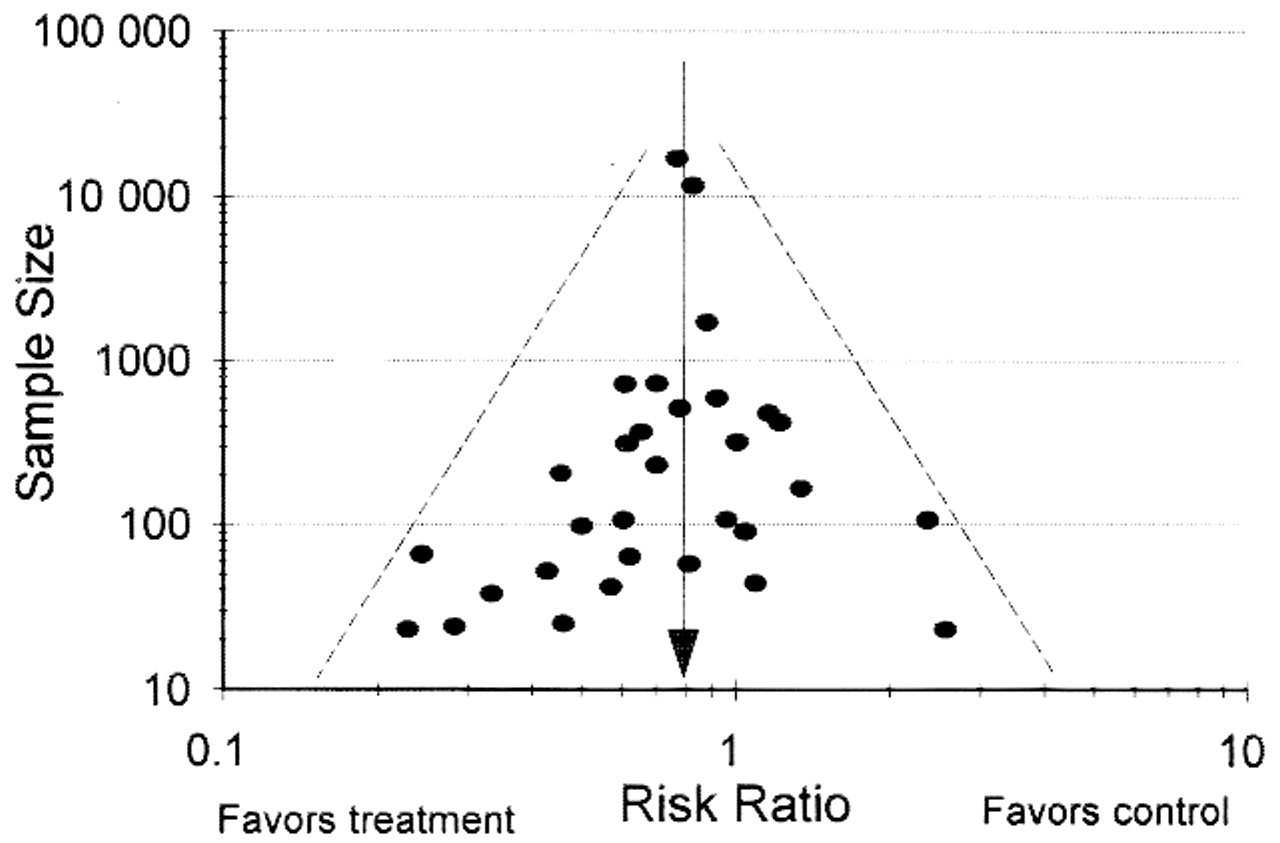



Statistic Definitions Basic Science Orthobullets




Tutorial About Hazard Ratios Students 4 Best Evidence
Unless I'm mistaken, the equation explained above does not properly describe Odds Ratio, it describes Relative Risk Odds Ratio is the odds that the diseased group was exposed, divided by odds that the nondiseased group was exposed (a/c)/(b/d) in the classic table Relative Risk is the risk of developing disease in the exposed/intervention The odds ratio will be greater than the relative risk if the relative risk is greater than one and less than the relative risk otherwise In the example above, if the adjusted odds ratio were interpreted as a relative risk, it would suggest that the risk of antibiotic associated diarrhoea is reduced by 75% for the intervention relative to the placebo group √1000以上 odds ratio vs relative risk usmle Odds ratio vs relative risk usmle



Http Www Cajasfuertesdeoccidente Com Img 2 Donwloads Img 2beckers Usmle Step1 Lecture Notes Behavioral Science Epidemiology Biostatistics Pdf




What Is Attributable Risk What Does Attributable Risk Mean Attributable Risk Meaning Explanation By The Audiopedia
Odds of having disease in exposed group divided by odds of having disease in unexposed group approximates relative risk if prevalence of disease is not too high =(a/b)/(c/d) = ad/bc Odds ratios are a common measure of the size of an effect and may be reported in casecontrol studies, cohort studies, or clinical trials Increasingly, they are also used to report the findings from systematic reviews and metaanalyses Odds ratios are hard to comprehend directly and are usually interpreted as being equivalent to the relative risk Unfortunately, there is a Super short post ) Case control study Start with an outcome and go back in time to study the risk factor Simplified Case (Diseased) vs Control (No disease) Cohort study Start with risk factor and see who developed the disease and who did not Mnemonic cOhOrt has two O's One O has an R (cohORt), which means one group has the risk factor Other O does not have an
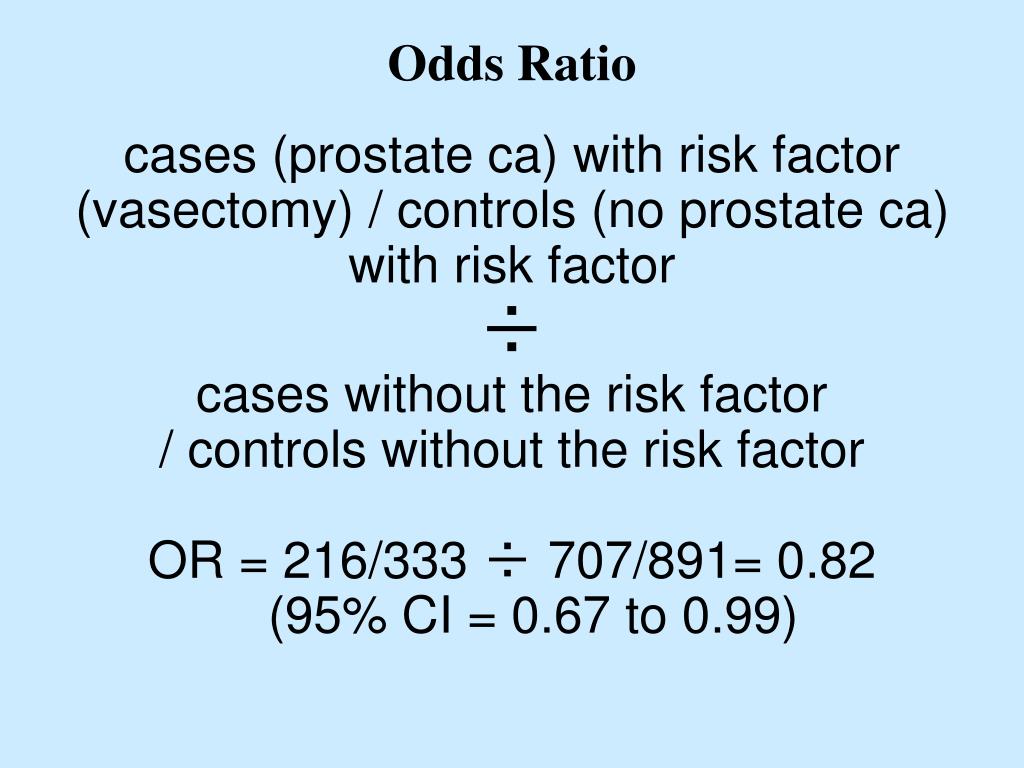



Ppt Preparation For Usmle Step 1 Powerpoint Presentation Free Download Id




最新 Odds Ratio Vs Relative Risk Usmle ただの悪魔の画像
The relative risk and the odds ratio are measures of association between exposure status and disease outcome in a population Relative risk In epidemiology, relative risk (RR) can give us insights in how much more likely an exposed group is to develop a certain disease in comparison to a nonexposed group Once we know the exposure and disease status of a research population, When the outcome of interest is relatively rare (




Relative Risk Odds Ratios Youtube




Relative And Absolute Risk Video Explanation Osmosis




Uworld Biostat Flashcards Memorang



Episode 6 Biostatistics Ted O Connell Md




Odds Vs Risk Ratio ただの悪魔の画像



Biostats And Epidemiology



Nanopdf Com Download 10 First Aid For The Usmle Step 1 Pdf




What Is Attributable Risk What Does Attributable Risk Mean Attributable Risk Meaning Explanation By The Audiopedia




Epidemiology Knowledge Amboss




Step 2 Ck Biostat
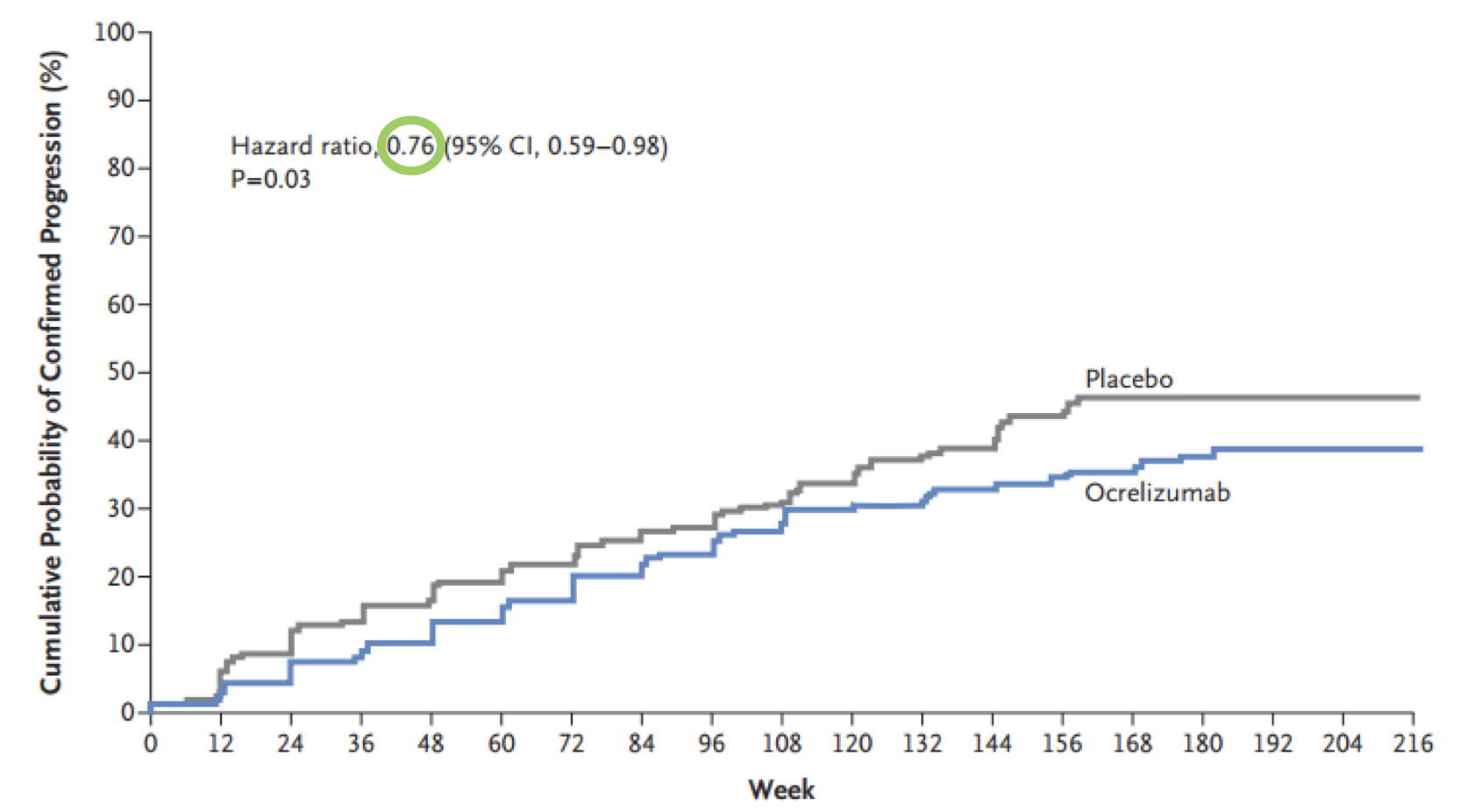



Statistics For Medical Students Geeky Medics
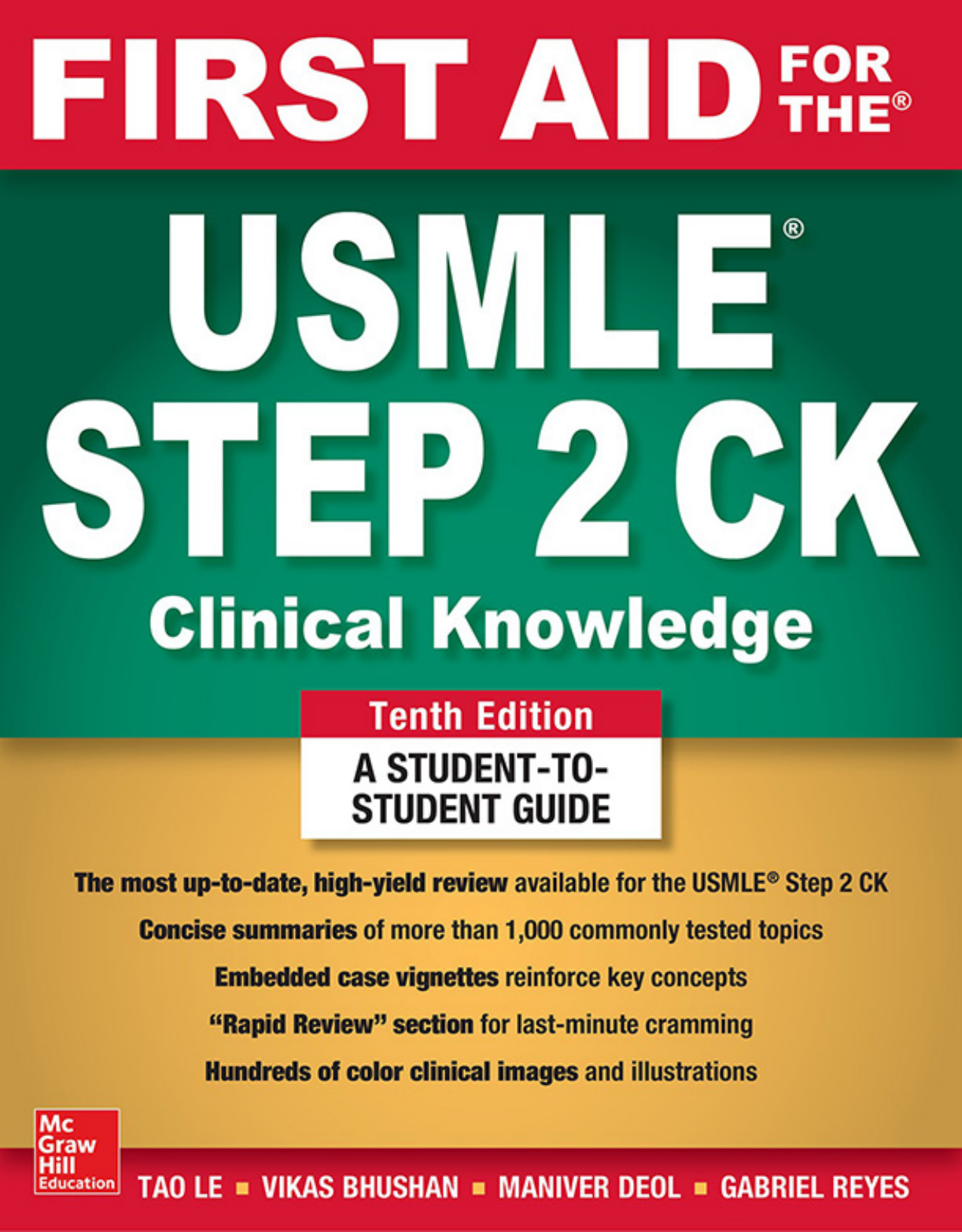



First Aid For The Usmle Step 2 Ck 10th Ed




Statistical Analysis Of Data Amboss



Biostats And Epidemiology




Odds Ratio Video Explanation Osmosis




How To Interpret And Use A Relative Risk And An Odds Ratio Youtube




Using Odds Ratio In Case Control Studies Youtube




52 Usmle Step 1 Biostatistics Ideas Statistics Math Research Methods Ap Statistics




Tutorial About Hazard Ratios Students 4 Best Evidence




Renin Angiotensin Aldosterone System Blockers And The Risk Of Covid 19 Nejm




Odds Ratios And Risk Ratios Youtube




Statistics For Medical Students Geeky Medics




Usmle Biochemistry High Yield Rating List Stomp On Step1




Number Needed To Harm Wikipedia




Relative Risk Odds Ratios On Vimeo




Forest Plot Wikipedia
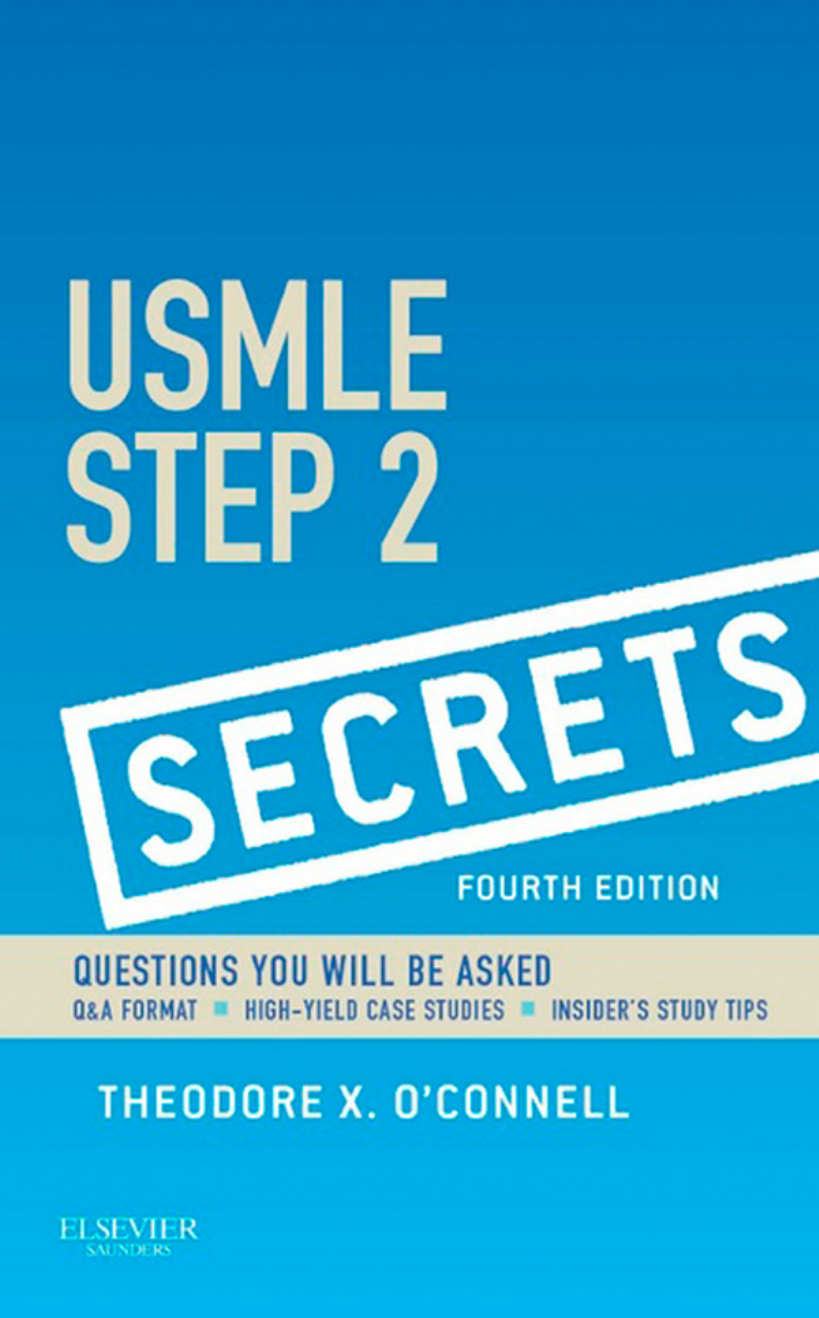



Usmle Step 2 Secrets




Relative And Absolute Risk Video Explanation Osmosis



First Aid For The Usmle Step 1 Thirtieth Edition Medicalbooksvn Com Neat Flip Ebook Pages 751 800 Anyflip Anyflip




Pdf Predictors Of Performance On Usmle Step 1



Atrium Lib Uoguelph Ca Xmlui Bitstream Handle 1873 B Relative Risk And Odds Ratios Examples Pdf Sequence 8



Relative Risk Odds Ratios On Vimeo




Mnemonics For Usmle Step 1 Acetylcholine Lipoprotein




Epidemiology Knowledge Amboss




Renin Angiotensin Aldosterone System Blockers And The Risk Of Covid 19 Nejm



1




Biostatistics Usmle Haemophilia Bias
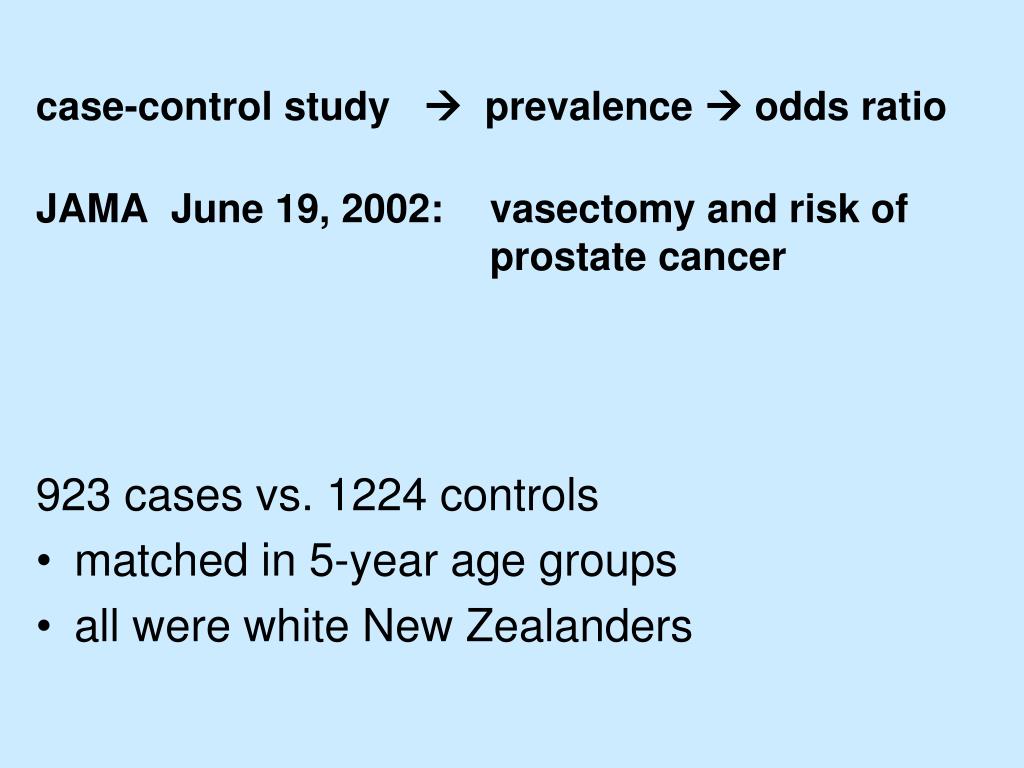



Ppt Preparation For Usmle Step 1 Powerpoint Presentation Free Download Id
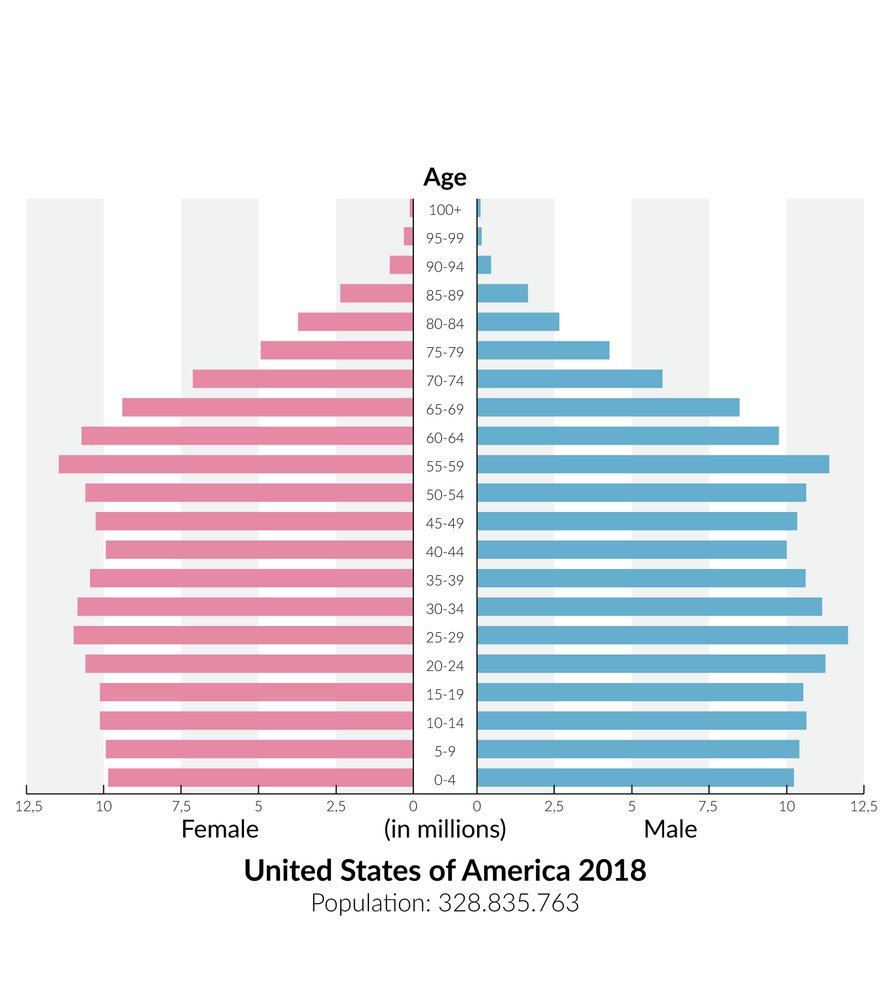



Epidemiology Knowledge Amboss




Mcat Memoranda Text Is From First Aid For The Usmle Step 1




Odds Ratio Relative Risk Calculation Definition Probability Odds Youtube




52 Usmle Step 1 Biostatistics Ideas Statistics Math Research Methods Ap Statistics




Understanding Systematic Reviews And Meta Analysis Archives Of Disease In Childhood




Nms Q A Usmle Step 2 Ck By Fahmi Khan Issuu




Cross Sectional Study Video Explanation Osmosis




Usmle Review Lecture Epidemiology And Biostats Alaa Elmaoued And Nancy Nguyen Type I And Type Ii Errors Sensitivity And Specificity




Medsmarter Usmle Medsmarter Twitter




Ppt Preparation For Usmle Step 1 Powerpoint Presentation Free Download Id
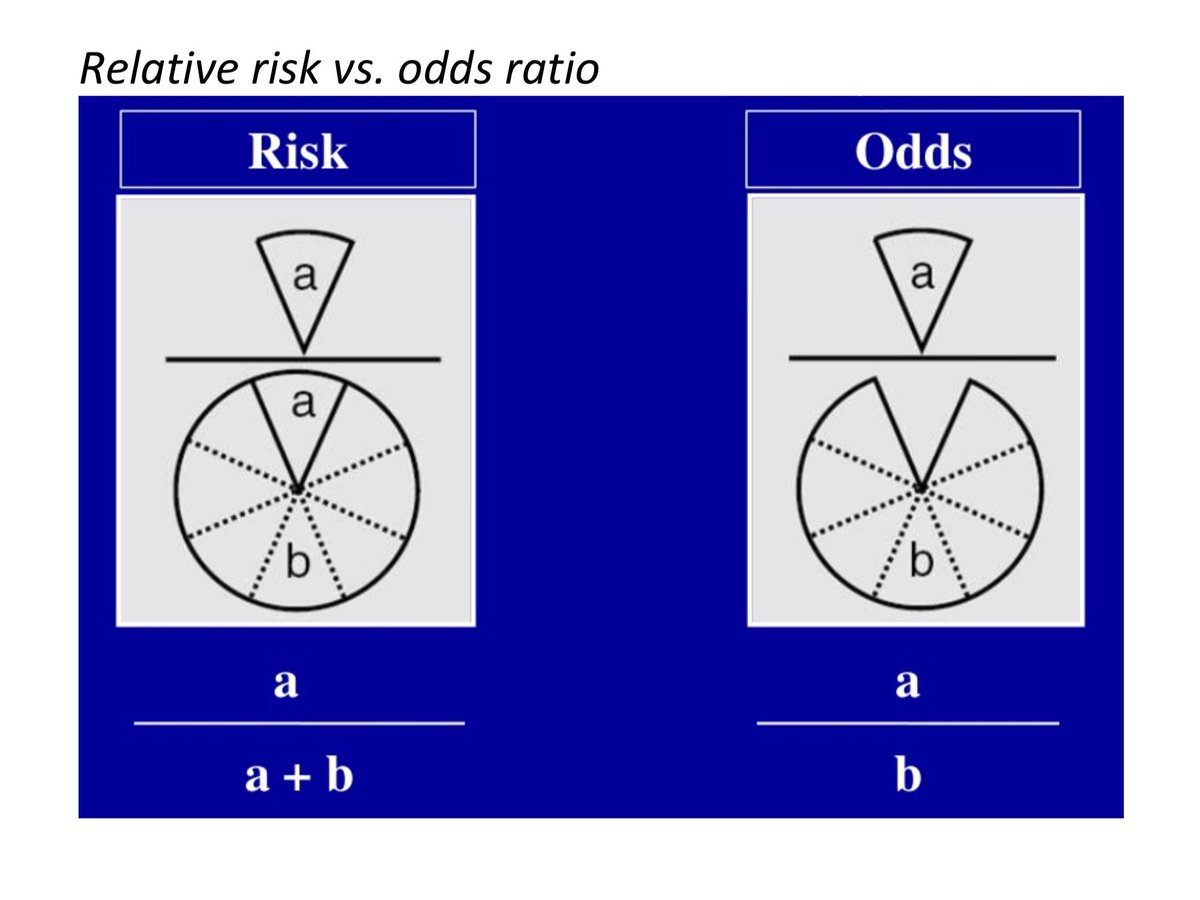



Bryan Carmody For M2s Preparing For Usmle Step 1 Epidemiology Questions Are Free Points You Don T Have To Make 2x2 Tables Or Memorize Formulae From First Aid To Calculate Or




Statistical Measures Stats Medbullets Step 1



Odds Vs Risk Ratio ただの悪魔の画像




Ethics Legal For Usmle Step 1 Stomp On Step1



Http Www Cajasfuertesdeoccidente Com Img 2 Donwloads Img 2beckers Usmle Step1 Lecture Notes Behavioral Science Epidemiology Biostatistics Pdf




Epidemiology Knowledge Amboss



Http Www Cajasfuertesdeoccidente Com Img 2 Donwloads Img 2beckers Usmle Step1 Lecture Notes Behavioral Science Epidemiology Biostatistics Pdf



Epidemiology Stepwards




Relative Risk Versus Odds Ratio Usmle Biostatistics 4 Youtube




Observational Studies The Ebm Project



Epidemiology Stepwards



Epidemiology Stepwards




Statistics For Medical Students Geeky Medics




Relative Risk Calculator




Pdf Strategies For Identifying Students At Risk For Usmle Step 1 Failure




Risk Ratio



Epidemiology Stepwards



1



Epidemiology Stepwards




Usmle Step 2 Second Edition 0728 Part 1 By Surgisphere Issuu




Quiz 2 Ctb Epid Sept 08 14 With Answer Relative Risk Odds Ratio




Usmle Immunology Inflammation High Yield Rating List Stomp On Step1
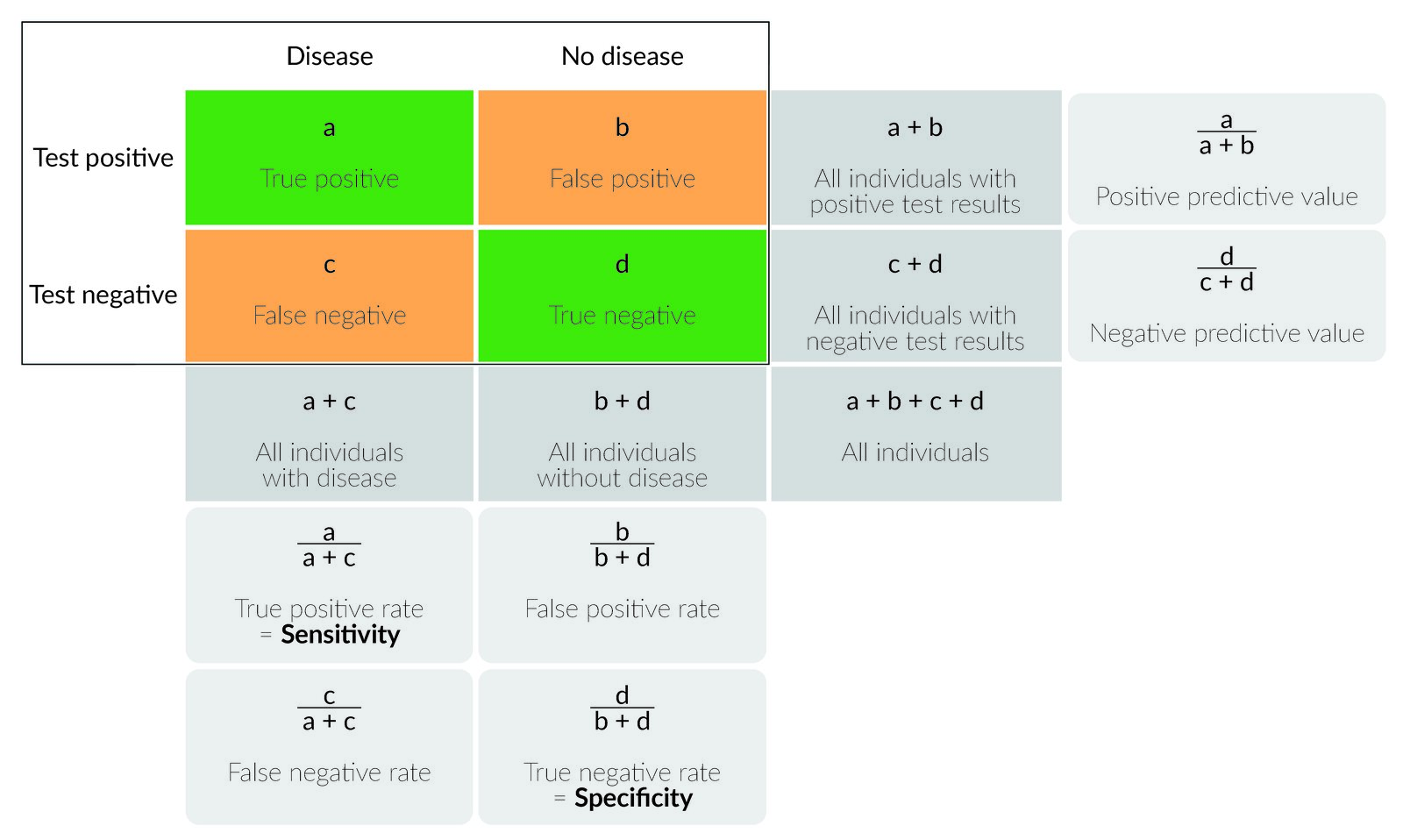



Epidemiology Knowledge Amboss




Pdf Academic And Professional Career Outcomes Of Medical School Graduates Who Failed Usmle Step 1 On The First Attempt




Videos On Relative Risk And Odds Ratio Usmle Forums




最新 Odds Ratio Vs Relative Risk Usmle ただの悪魔の画像




Usmle High Yield List For Vitamins In Step 1 Medical Board Exam Stomp On Step1



Purine Salvage Pathway Lesch Nyhan Syndrome Stomp On Step1
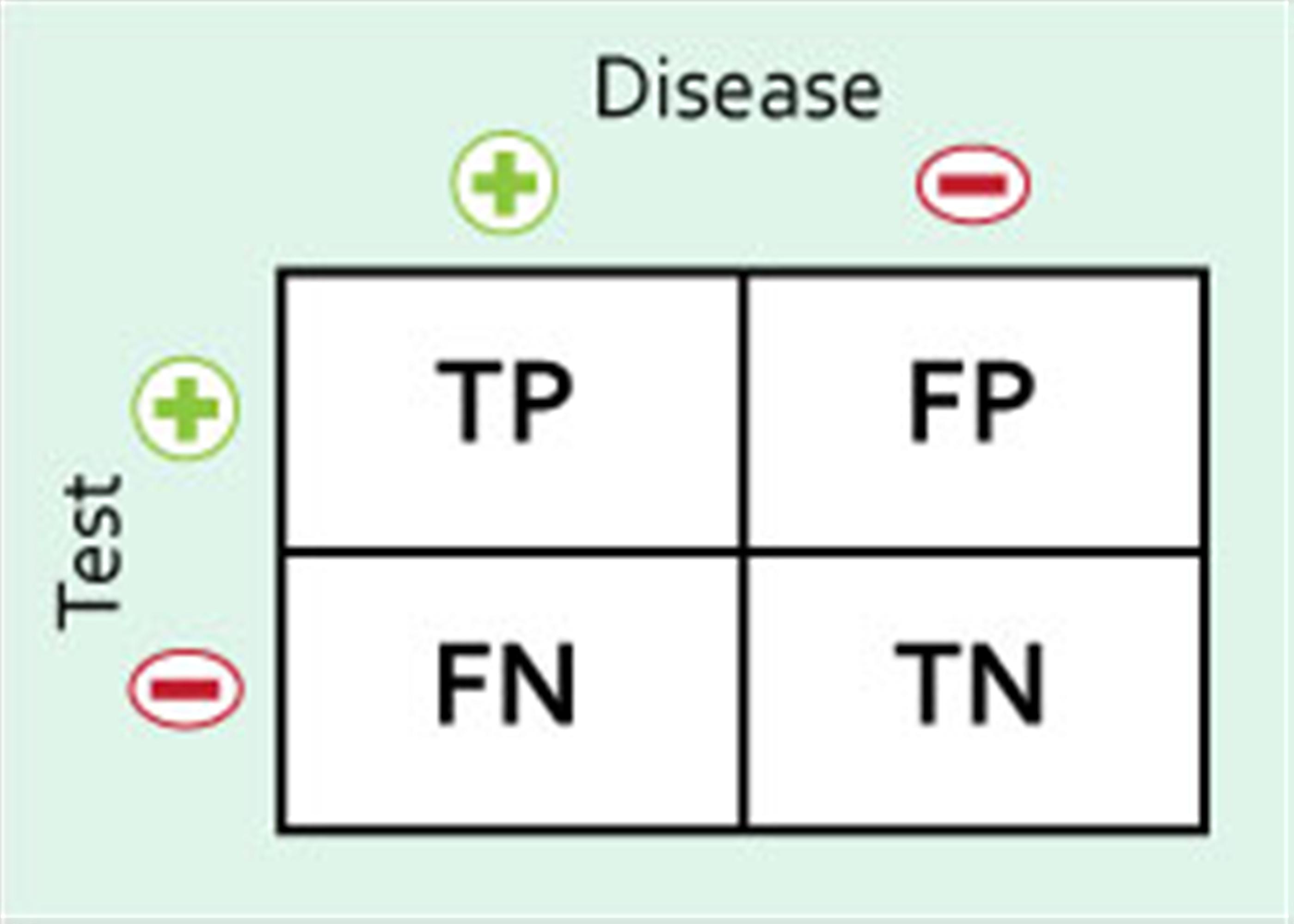



Statistic Definitions Basic Science Orthobullets



Biostats And Epidemiology



2



Http Www Cajasfuertesdeoccidente Com Img 2 Donwloads Img 2beckers Usmle Step1 Lecture Notes Behavioral Science Epidemiology Biostatistics Pdf



0 件のコメント:
コメントを投稿